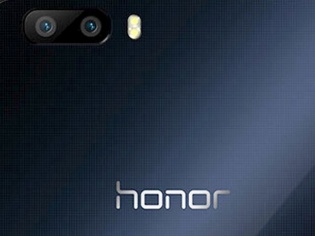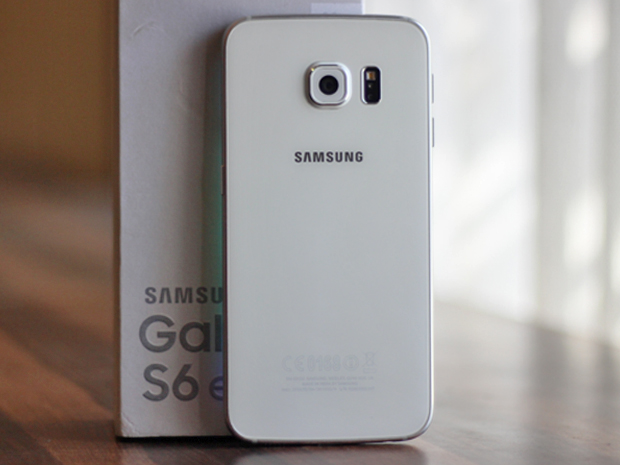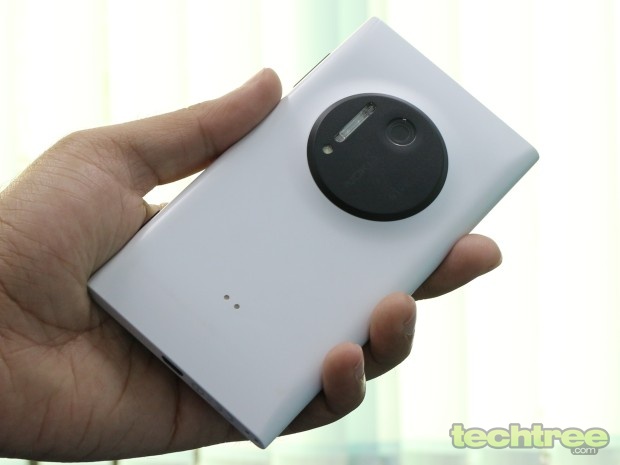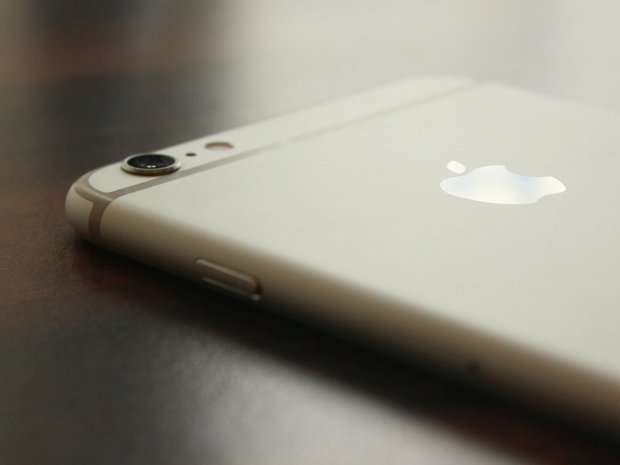-
Sheldon Pinto
15th Jul 2015
Coming from a generation that saw the age before mobile phones and the birth of smartphones, there is a lot that we have accomplished in the last decade. But no matter what, smartphone imaging is one area that never seems to be enough, no matter how much manufacturers fine tune (Apple) or innovate (Nokia, Samsung).
Some believe in shrinking pixels (those that form the sensor and absorb light to form images), while others believe that making bigger ones (HTC). Still then, its the consumer who is the judge, because all the consumer/users wants is satisfactory image quality. An image which resembles the the actual scene (and that’s all we are asking... really).
Coming to the best smartphones in imaging. It has always been the iPhone. That picture perfect lens set up with minimum flex, along with the right processing algorithms that delivers the perfect picture in normal lighting conditions (definitely not low light). Then came Nokia with its Lumia 1020 and currently still provides an unparalleled level of detail thanks to its massive sensor and unshakable OIS. Android was nowhere to be found.

This year things are changing. Android manufacturers are delivering custom solutions instead of borrowing modules from component makers. Samsung pulled off something really amazing with the Galaxy S6 edge. A 16 MP sensor coupled with OIS (that first appeared on the Note 4) and the right optics along with super-fast focussing speeds. Its all in there.
More importantly, it also delivers great quality low light imagery. Something that is unheard of in the Android space until the Huawei Honor 6 Plus showed up.
So have we reached a point of imaging perfection? Certainly not. Its just that imaging technology seems to be running out of innovation. Smartphones utilizing more than one sensor and lens to deliver image quality is certainly not the way out. There has got to be something better.
But is this what users want? Or is the quest for imaging something that manufacturers are deciding for us?

The 41 MP module on the Nokia Lumia 1020 did not really provide benefits. Uploading them was a task, handling them even on the smartphone was another one. Shot to shot times suffered badly as well. If you are sticking to the idea that the 3X lossless zoom was worth it, it was not because it was only worth the effort for macro shots (which one again had to capture the same from 15 cms away). Lets not even begin with the Samsung Galaxy K Zoom.
4K video is not a necessity, the highest quality video accessible to consumers is Blue Ray and the resolution is simply 1920 x 1080 pixels at 59.94 fps. 4K Blue Ray is making its way to consumers, but just 4K certainly does not make sense on a smartphone. We would simply run out of storage space. the Samsung Galaxy Note 4 for example, records 4K video at 48 MBps. Meaning that a 2 minute video makes it to 5760 MB, that’s more than 5 GB!
So at times it does seem that manufacturers are delivering more than users can chew.
But clearly all of the above depends on what you are asking for, at what price.
Everyone today wants more bang for their buck. Budget users seem to be happy with the 720 p video, while the pixels (8-13 MP) really don’t matter as they almost look the same thanks to the lack of quality optics and sensors.
In India, smartphone penetration is greater than point n shoot cameras, but that again depends on the budget and users will fall in the three categories mentioned above. Smartphones are more easily accessible than cameras and cost less. What matters to budget users is that share all those images and videos right from their smartphone without the need for PC.
Flagship users are those who are looking for a camera in a smartphone. So the camera does matter and they do get what they ask for (and a lot more).

While the Apple iPhone owners really don’t mind sticking to an 8 MP camera and paying a truckload of cash for it because what matters to them, is a smartphone that does everything... Perfectly.
So the answer is no. We haven’t reached the pinnacle of smartphone imaging (that DSLR is going nowhere); its just that some imaging technologies available today are overkill. And we really don’t need them, especially on our smartphones.
Is The Camera On Your Smartphone Good Enough? | TechTree.com
Is The Camera On Your Smartphone Good Enough?
How much is too much?
News Corner
- DRIFE Begins Operations in Namma Bengaluru
- Sevenaire launches ‘NEPTUNE’ – 24W Portable Speaker with RGB LED Lights
- Inbase launches ‘Urban Q1 Pro’ TWS Earbuds with Smart Touch control in India
- Airtel announces Rs 6000 cashback on purchase of smartphones from leading brands
- 78% of Indians are saving to spend during the festive season and 72% will splurge on gadgets & electronics
- 5 Tips For Buying A TV This Festive Season
- Facebook launches its largest creator education program in India
- 5 educational tech toys for young and aspiring engineers
- Mid-range smartphones emerge as customer favourites this festive season, reveals Amazon survey
- COLORFUL Launches Onebot M24A1 AIO PC for Professionals







TECHTREE